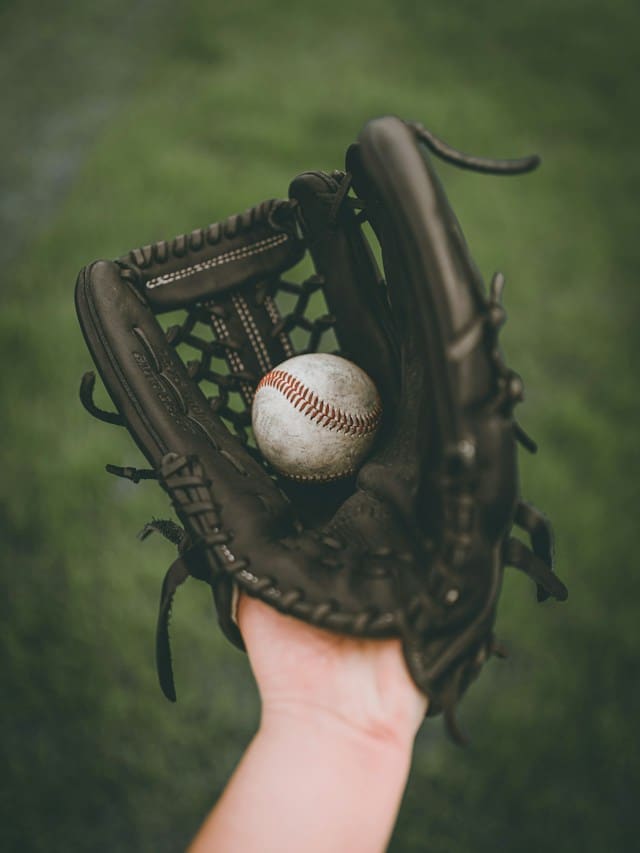What are the best practices for managing sports-related concussions?

Concussions in sports are a significant concern for athletes across all levels, from youth leagues to professional teams. Understanding how to properly manage sports-related concussions is essential to ensure the safety and long-term health of athletes. The management of concussions has evolved, as research has provided insight into the complexities of this type of brain injury. This article will delve deep into the best practices for managing concussions in the realm of sports, touching upon prevention, identification, and the pathway to return to play following a concussion.
Recognizing the signs and symptoms of concussion
The first step in managing a sports-related concussion is the ability to recognize the signs and symptoms. A concussion is a form of a mild traumatic brain injury caused by a bump, blow, or jolt to the head, or by a hit to the body that causes the head and brain to move rapidly back and forth. This sudden movement can cause the brain to bounce around or twist in the skull, creating chemical changes in the brain and sometimes stretching and damaging brain cells.
Topic to read : Mastering the mental game: how top athletes stay focused
Athletes, coaches, and medical personnel should be well-versed in the symptoms of concussion, which can include:
- Headache or a feeling of pressure in the head
- Loss of consciousness (although this does not occur in all concussions)
- Confusion or feeling as if in a fog
- Amnesia surrounding the traumatic event
- Dizziness or "seeing stars"
- Ringing in the ears
- Nausea or vomiting
- Slurred speech
- Delayed response to questions
- Appearing dazed
- Fatigue
It is crucial to note that not all symptoms present immediately and some may develop in the hours or days following the injury. Athletes who experience any signs of a concussion should be removed from play immediately and evaluated by a healthcare professional trained in the assessment of concussions.
In parallel : Injury prevention and recovery: lessons from pro athletes
Immediate concussion management
When a concussion is suspected, the immediate action should be to remove the athlete from play. Continuing to participate can worsen the injury and lengthen recovery time. The old adage "when in doubt, sit them out" is particularly relevant here.
After the athlete is removed from play, a more thorough evaluation should be conducted by a healthcare professional. This may include a variety of cognitive, physical, and emotional assessments to determine the severity of the concussion. Google Scholar and sports medicine journals consistently emphasize the importance of individualized assessment, as symptoms and recovery times can vary widely between athletes.
Furthermore, the athlete should be monitored closely for deterioration. They should not drive and should be accompanied by a responsible adult. Rest, both physical and cognitive, is advised in the initial stages following a concussion.
Recovery and rehabilitation
The consensus statement on concussion in sports is clear: recovery should be gradual and under medical supervision. The first step is usually a period of rest, which allows the brain to recover from the injury. However, this period has been refined and recent guidance suggests that prolonged periods of inactivity can actually hinder recovery. Instead, after an initial 24-48 hours of rest, athletes may be encouraged to engage in light cognitive and physical activities, as long as they do not provoke symptoms.
Rehabilitation exercises, under the guidance of a healthcare professional, can include specific tasks designed to gradually increase cognitive load and balance, which are often affected by concussions. These exercises are part of a graduated return-to-activity program, which is essential in ensuring a safe return to sports.
Return-to-play protocols
Return to play after a concussion involves a stepwise process that should be tailored to each individual athlete. The graduated return-to-play protocol typically begins with light aerobic exercise and, if symptom-free, progresses to sport-specific exercise, non-contact training drills, full contact practice, and finally, return to play. At each step, the athlete should be monitored for recurrence of symptoms, which would necessitate a return to the previous step.
It is crucial for schools, sports leagues, and organizations to have a well-defined concussion management protocol in place, which should be developed in collaboration with healthcare professionals. High school and youth sports programs, in particular, should emphasize education and preventative measures for coaches, parents, and athletes.
Long-term management and education
In addition to managing individual concussions, long-term strategies are key in protecting athletes. This involves education on the risks of concussions, proper techniques to minimize the risks of head injury in sports, and creating an environment where athletes feel comfortable reporting symptoms of a concussion.
Educational programs can inform athletes about the importance of wearing proper protective gear and following safety rules and regulations. It is also paramount to instill a culture that removes the stigma from reporting a concussion. Athletes must understand that playing through a concussion can have serious, long-term consequences on their brain health and overall well-being.
Understanding that the best practices for managing sports-related concussions are ever-evolving with new research is also vital. Staying informed about the latest findings in sports medicine and concussion research through reputable sources like sports medicine journals and platforms like Google Scholar can help keep guidelines up to date.
Conclusion
The best practices for managing sports-related concussions revolve around education, prompt recognition, immediate and appropriate response, supervised recovery, and a carefully monitored return to play. By following these guidelines, athletes, coaches, and medical professionals can work together to ensure not only the immediate safety of athletes but also their long-term health and quality of life. As understanding of brain injuries grows, so too will the strategies to manage them, making ongoing education and adaptation of concussion protocols essential in the world of sports medicine.
